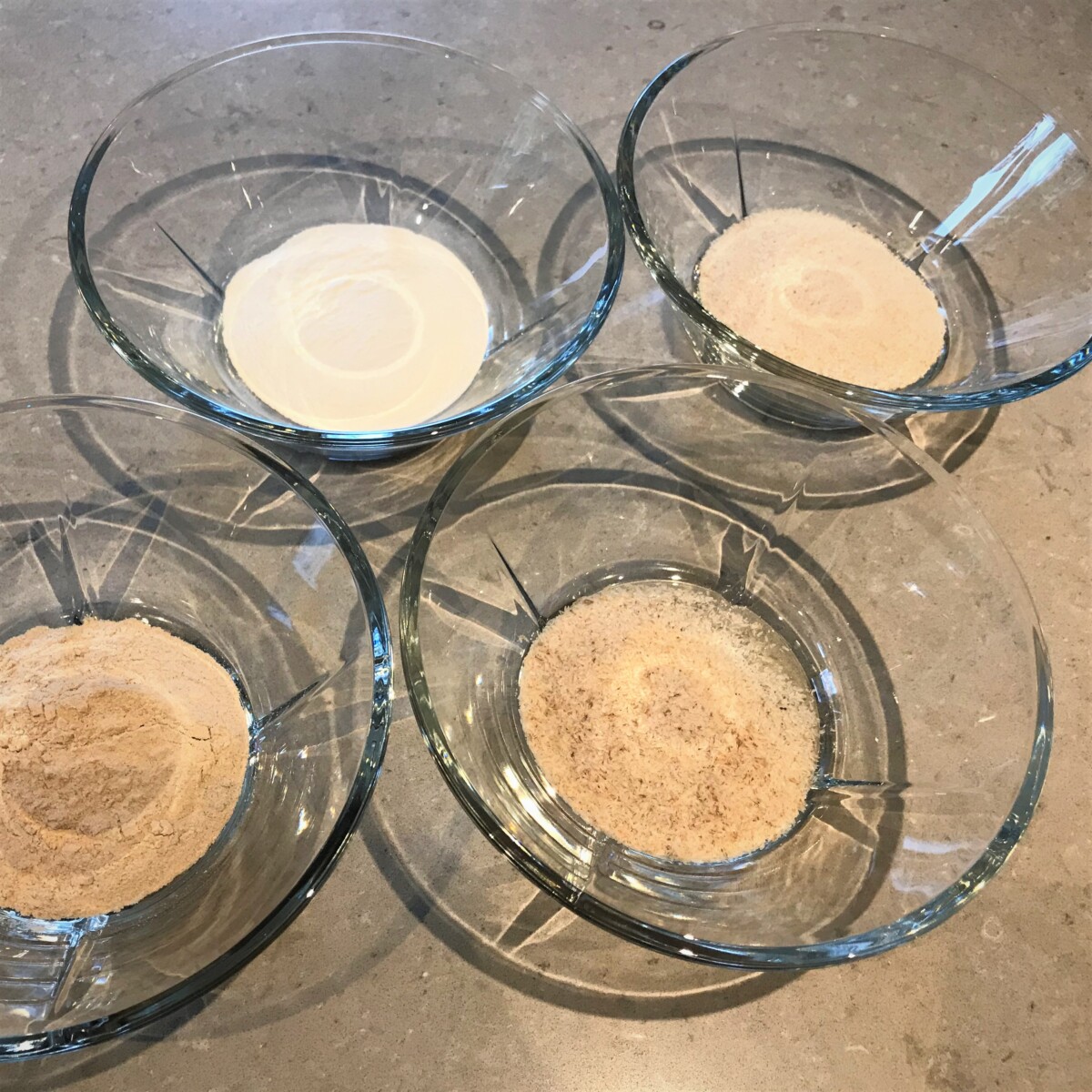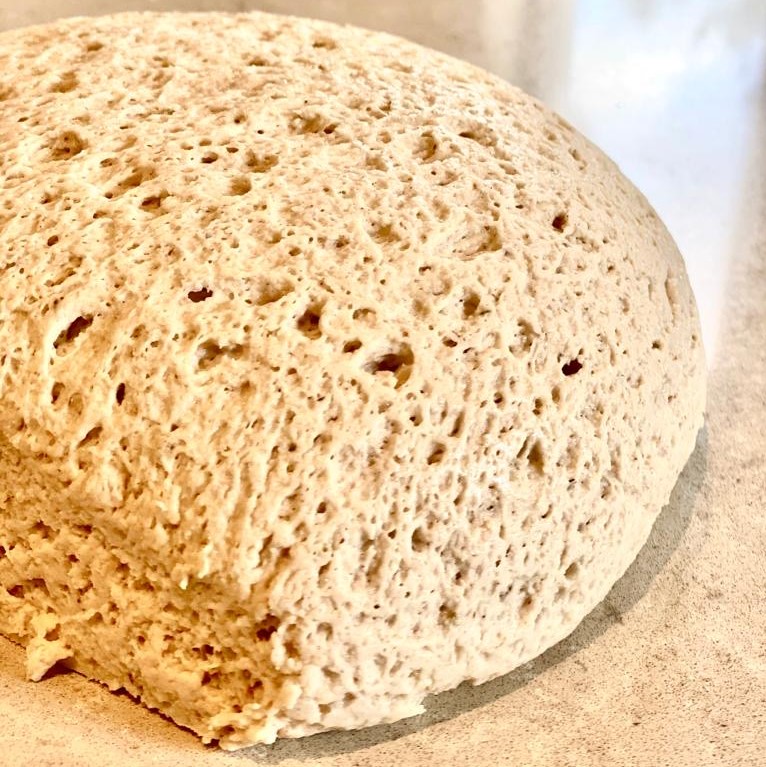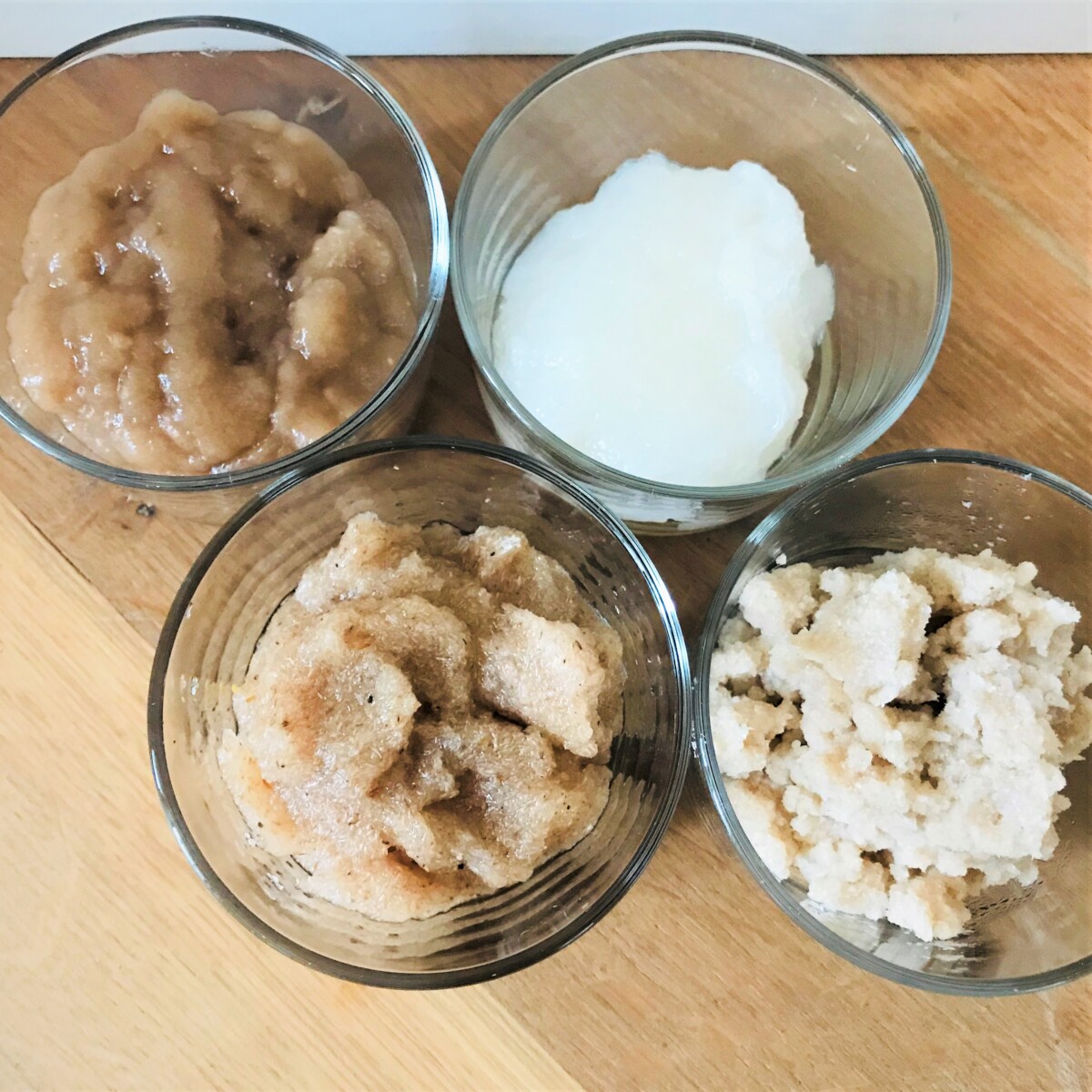
Why Gluten-Free Baking Is Distinctive
A Simple Explanation of Why Gluten-Free Baking Differs. The first thing to understand about gluten-free baking is that you must unlearn everything you know about baking with gluten. Let me provide you with more information to shed light on this.

The Remarkable Gluten
Gluten is a protein primarily found in grains like wheat, rye, and barley. It’s the protein responsible for giving kneaded dough its moist elasticity and bread its delightful taste. Gluten results in delectable crumbs, a light, and incredibly delicious loaf.
In traditional baking with gluten, the bread’s structure naturally takes shape. Gluten allows the dough to maintain its height and form beautiful, large air pockets. As a result, the bread stays moist rather than becoming dry.
Consequently, excluding gluten presents a challenge, as you must seek a suitable substitute. Without it, baked goods tend to turn out dry, flat, and prone to crumbling.
In all honesty, gluten-free bread will never quite match the texture of wheat bread. In simpler terms, gluten-free bread is different but equally delightful in its own right.

The alternatives
There are numerous alternatives to gluten, including “Whole Psyllium Husk, Psyllium Husk Powder, potato fibres (pofiber), and Xanthan gum.”
My personal favorite and a kitchen essential for gluten-free bread baking is Psyllium. Whole Psyllium Husk has a remarkable ability to bind a significant amount of liquid, allowing the dough to stick together and become more elastic. This ingredient aids in shaping the bread and ensuring it remains moist and airy. In essence, it serves as the gluten substitute.
I stumbled upon the incredible combination of apple cider vinegar and Whole Psyllium Husk during an online baking class, which left a lasting impression. Here’s a recipe using this method. I prefer using Whole Psyllium Husk, dry yeast, and apple cider vinegar, gently stirred by hand to achieve a light, gel-like texture.
Apple cider vinegar is an exceptional baking aid, and lemon juice can serve as a suitable alternative. The synergy of acidity and dry yeast injects extra air into your bread, a crucial factor in gluten-free baking, where achieving that coveted airy texture can be a bit challenging.
Best of luck with your gluten-free baking endeavors!


